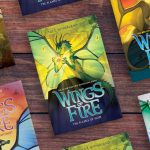Middle grade novelist Jennifer A. Nielsen regularly lands on the New York Times bestseller list, award lists, and “best books” lists. But what some fans might not realize is that her books aren’t limited to her fantasy series that are so popular with readers. She’s also the author of several critically acclaimed, equally action-filled historical novels. The year 2021, for example, saw both the publication of the fantasy The Shattered Castle (Scholastic), Book 5 in her Ascendance series, and Rescue (Scholastic), a standalone historical novel set during World War II.
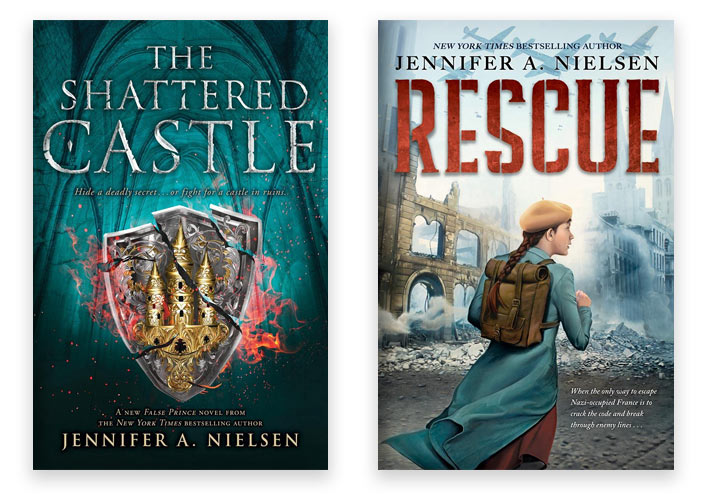
Next up for Nielsen is Lines of Courage (Scholastic, May 2022), an intricately woven, suspenseful World War I story told through the voices of five young characters who bring a variety of perspectives to this pivotal conflict—a war with consequences that we are still wrestling with today. Here, Nielsen talks with Lisa Bullard about the lessons of history, the importance of considering other perspectives, and what goes into the making of a hero.
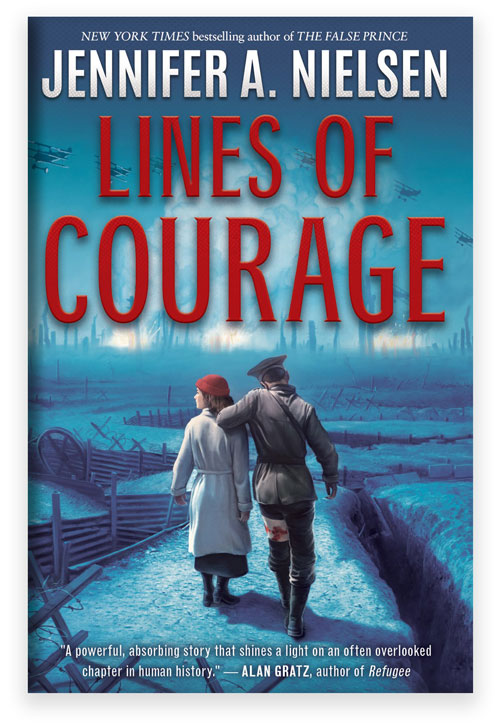
I was lucky enough to see an advance copy of Lines of Courage, which comes out May 17, and it’s an absolutely riveting read. Why did you choose the backdrop of World War I for this story?
Thank you very much for the kind words about Lines of Courage. I’m so excited about this novel and hopeful that it will find its way into the hearts and minds of young readers.
World War I represents a fascinating time in history and, of course, is the precursor for World War II (which is really just World War I, Part Two). And yet, many of us know very little about the Great War.
As students learn more about this topic, I hope they will make connections between some of the unrest we see now in Europe, and what was happening in the early 1900s.
More importantly, the themes of the book may help students to understand that from the trenches and traumas of war, heroes are made. For that young reader who feels like they are walking in a trench of their own, unable to climb out, unable to see the world beyond the mud, how powerful it is to read the story of someone who found the courage to continue forward. So can they.
For that young reader who feels like they are walking in a trench of their own, unable to climb out, unable to see the world beyond the mud, how powerful it is to read the story of someone who found the courage to continue forward. So can they.”
One of the most intriguing elements of Lines of Courage is that it unfolds through the voices of several different compelling characters, some of whom come from countries that are at war with each other. Can you talk a little about how you put together such a complex story?
Telling this story through the voices of five young people over the five years of the war was challenging, but I felt that it was absolutely vital. Because Lines of Courage gives perspectives from both sides of the war, I hope that it will model for students how to respect and understand those who may have a different worldview.
The writing process for this story was as complex as you suggest. I began by identifying which country should be represented for each year of the war and what kind of narrator would best tell their country’s story. Next, I created a single object of importance to each narrator and defined how these objects would link the characters together. So, Felix has his father’s medal, Juliette has her knitted red cap, Elsa has her homing pigeon, and so on. After that, I began to connect the stories, much like a tapestry is woven, where pulling on one thread and then another after that introduces colors that might seem insignificant until we stand back and see that everything was meant to come together exactly as it is now.
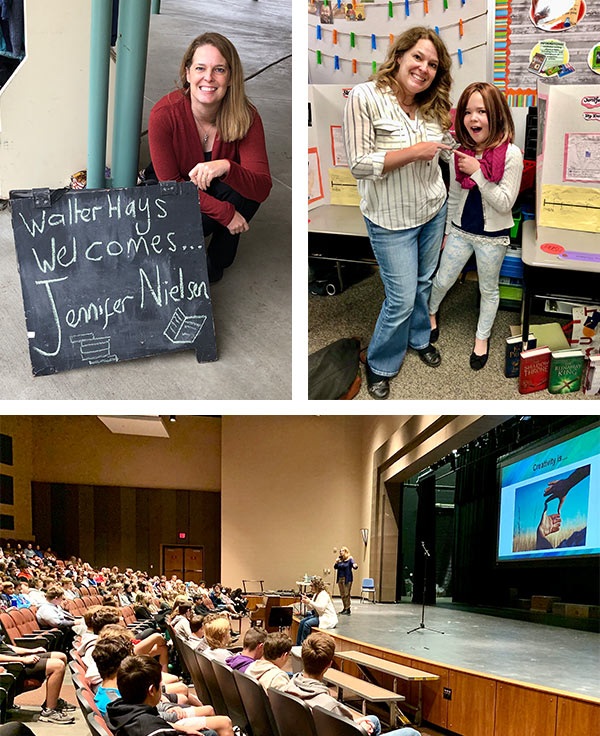
Today’s young readers are experiencing firsthand a period that is sure to be documented as a pivotal time in history. Do you have any thoughts about how educators and librarians can lead young people to better understand their own experiences through a study of the kind of historical stories that you write?
History is generally taught in a line—one event follows another. But the pattern of history is instead a circle, where the same themes are repeated as different historical events. This is not the first time the world has faced a pandemic. The influenza pandemic of 1918 began to spread near the end of World War I, and with it came many of the same worries and frustrations that we are experiencing now.
The wonderful part of understanding history as a circle is that once we see the patterns, we can predict the future. That should give us courage to face the hard times. We know we will get through them because we have done it before. And it should help us prepare for challenges ahead. We teach students history in the hope that if we learn the lessons of the past, then we will not repeat those mistakes in the future.
We teach students history in the hope that if we learn the lessons of the past, then we will not repeat those mistakes in the future.”
Your historical stories are packed with an impressive number of fascinating details. What’s your research process like?
The research for my historical novels is massive, but it must be that way because students will remember those details as fact. Of the total time I might spend writing any historical novel, I’d estimate that half of that time is for research.

Can you share an instance where you uncovered a fact during your research that reshaped one of your stories?
I often make discoveries that have a major impact upon the story itself. For example, I knew that Russia entered World War I with the largest army. Yet their losses were also staggering compared to most other countries. Further research revealed the reason for this was because a high percentage of Russian soldiers were sent to the front lines without helmets or weapons. By 1917, these same soldiers were fed up and walked off the front lines. They returned home and joined a revolution that put Vladimir Lenin in power, the consequences of which the world is still feeling today. Naturally, in Lines of Courage, the character of Dimitri, a Russian teen who finds himself on the battlefield, had to reflect that incredible detail.
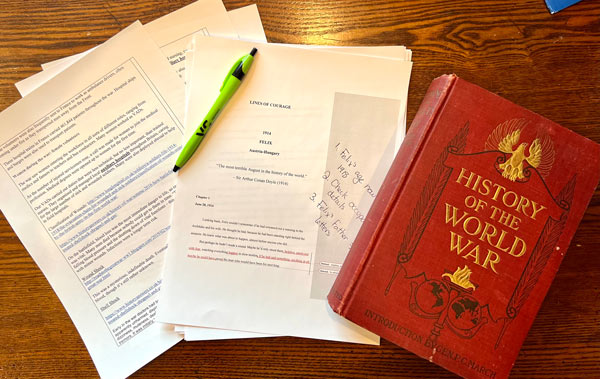
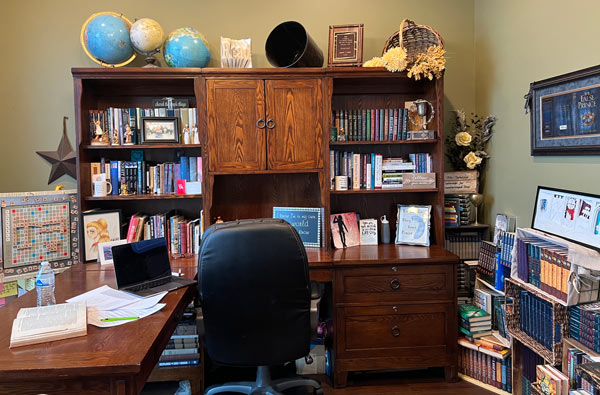
Have there been instances where something you’ve uncovered in your historical research led to an idea for a fantasy story?
This happens all the time! For example, my series The Traitor’s Game was heavily influenced by several stories from history involving treason. Consider the case of Robert Ford, an outlaw who was part of the Jesse James gang. In 1882, Ford took advantage of the governor’s offer to give a pardon and $10,000 reward to whoever brought Jesse James in. After shooting James in the back, Ford expected to be greeted as a hero for ridding the world of a notorious outlaw. Instead, he was branded a coward and a traitor.
In studying that story, I realized that the difference between who is a hero and who is a traitor isn’t determined by facts, but instead, by who wins the narrative. That thought became the foundation for The Traitor’s Game.
How would you compare and contrast your historical stories with your fantasies?
To me, there isn’t a vast difference between writing a fantasy and a historical. The main difference is that with fantasy my only limit is my imagination, and with historical I’m dealing with a world as it really existed. Otherwise, I am still writing about characters who want to do the right thing, but are up against challenges far bigger than themselves, and who think they are ordinary until difficult things happen to them—then they become heroes.
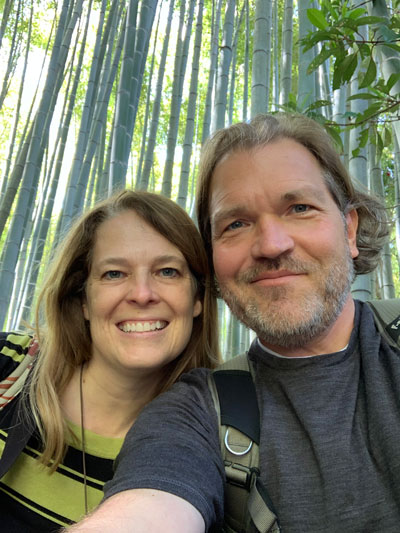
One of the main things that stands out to me in both your fantasies and your historical novels is the idea that young people—characters who are often no older than your readers—can become heroes. Despite their youth, they can make a major impact through their decisions and their actions. Would you like to say more about that?
In this world filled with social media, where most people carry a camera and video player in their pocket, somehow, we also seem to have a great number of young people who feel they have no voice; no power in their own world, much less in the wider world around them. Too often they feel irrelevant and unheard, and that is a tragedy.
My stories focus on young people making a difference because in history, it is the young people who have pushed us forward in the causes of freedom, civil rights, environment, reform, and so many other issues. If we are going to continue to progress as a society, we need our young people to believe that their voice matters, and that they do have power to impact this world for the better.
If we are going to continue to progress as a society, we need our young people to believe that their voice matters, and that they do have power to impact this world for the better.”
What can you tell your fans about your other upcoming titles?
Next up will be another historical, titled Iceberg, publishing spring 2023, about the Titanic that I think will introduce readers to some details they may not have known before. For example, I address the question of whether most of the people on the ship could have been saved if they had simply turned off the lights.
I will also be writing Black Ink, publishing fall 2023, about a boy in hiding who has no memory, even of his own name. However, he can write on his forearm with a black marker, and if what he writes is true about himself, the ink will remain on the surface of his skin. If it is not true, the ink soaks in. He must discover the truth before the people who are after him finally close in.
What are the best ways for readers to connect with you or to follow you on social media?
I love to connect with readers! They can find me on Instagram and Twitter as @nielsenwriter, and on Facebook as Jennifer A. Nielsen, Author. Or readers can visit my website at jennielsen.com and follow the links to email me directly.
Connect With Jennifer A. Nielsen
Is there anything else you’d like to add?
I wish to express my appreciation to the educators who are reading this now, whether in the classroom or the library or in some other capacity, who serve the needs of young readers. Perhaps there are days when you feel as if you are also fighting from the trenches. If so, I want you to know that your work matters. Thanks to the efforts of great educators in my life, I went from reading books to creating them. Your influence, likewise, will come to span generations.





